Reunification Palace
Reunification Palace is (known as Independence Palace) the famous historical witness which passed through the two fierce wars against the French and American colonists. The palace was built on the site of the former Norodom Palace, a landmark in Ho Chi Minh City and designed by architect Ngo Viet Thu.
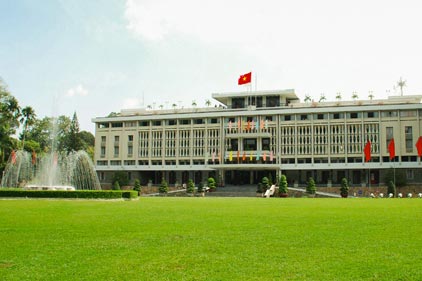
The Reunification Palace is one of the holy triumvirate of attractions in Ho Chi Minh City's downtown District 1. Just like the Notre Dame Cathedral and the Post Office, it sits as a time capsule of the city's turbulent past. The Reunification Palace was the site of dramatic finish to the Vietnam War as tanks crashed through the main stage and the victor's flag hung on the balcony on the morning of 30 April 1975.
When first completed in 1873, the complex covered 12 hectares with spacious gardens and a palace with an 800 metre-wide facade and an 800-person guest chamber. From 1873 to 1954, it was known as Norodom Palace, after the Cambodian king, and served as the residence of the Governors General of French Indochina throughout this time. Only during the occupation of Vietnam by the Japanese during World War II was this chain of governance broken. After the Geneva Accords in 1955, the palace was handed to Ngo Dinh Diem, the first prime minister of the State of Vietnam. The left wing of the palace was destroyed in 1962 after a bombing by two South Vietnamese pilots that mutinied. The remains of the palace were demolished.
So, Ngo Dinh Diem ordered the rebuilding of the Palace based on a design by the celerated architect Ngo Viet Thu, the first Vietnamese who won the Roman Champion. The construction was begun in July 1962 and completed in Octorber 1966. Independence Palace served as central command for the South Vietnamese effort against communist forces until April 21, 1975 when General Thieu wa evacuated as part of Operation Frequent Wind - the largest helicopter evacuation in history. On Aphe celenrated architect, Ngo Viet Thu, the first Vietnamese who won the Roman Champion. On April 30, 1975 North Vietnamese forces captured the palace and later renamed it Reunification Palace.
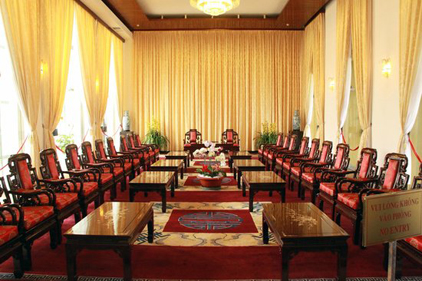
This area of 12 hectares, a surface area is about 2,000 square meters. The building has an area of 4.500 sqaure meters, including one ground floor, 3 main floors, 2 mezzanines, 1 terrace can be used for landing place of helicopters over 100 rooms, 4,000 lights, 400 internal telephone lines, 1 permanent basement, 1 backup Raio, 1 commanding rooms, etc.
Nowadays, the Independence Palace is a popular Historical Relic in Ho Chi Minh City and visited by many foreign and domestic tourists. This place has also used for the Governments's meeting and receptions.
See more
-
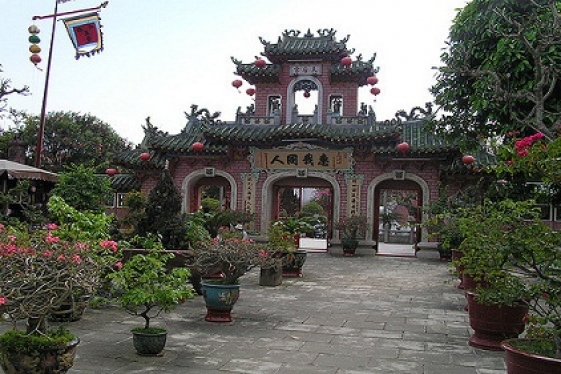
Chuc Thanh Pagoda
Chuc Thanh Pagoda was founded by Monk Minh Hai of Chine in 1454, making it the oldest Buddhist pagoda in Hoi An. Featuring a mix of Vietnamese and Chinese architectural...
-
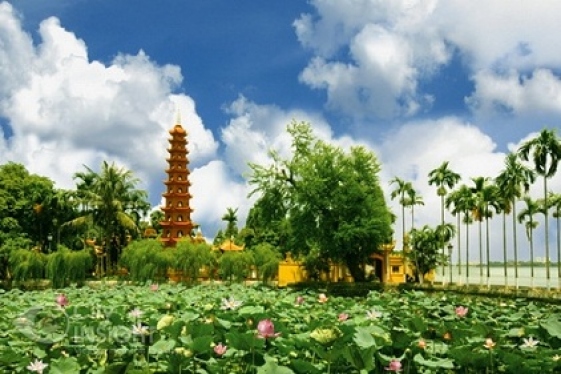
Tran Quoc Pagoda
Located on a small peninsula on the East side of West Lake, Tran Quoc Pagoda is regarded as the most ancient pagoda in Hanoi with its history line of more than 1,500 years.
-
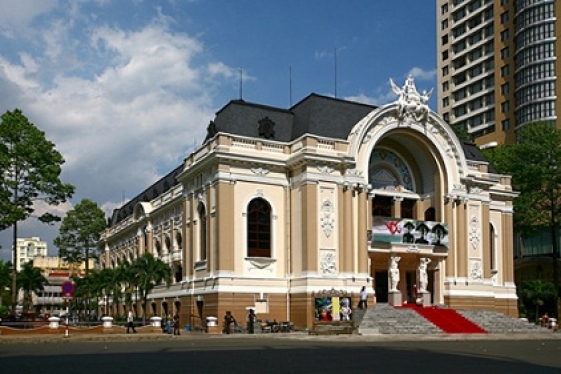
Saigon Opera House
The Saigon Opera House in Ho Chi Minh is an elegant colonial building at the intersection of Le Loi and Dong Khoi Street in District 1, very close to the famous Notre Dame...
-
.jpg)
Hue Imperial Citadel
Famously being one of Vietnam’s seven UNESCO World Heritage Sites, the Imperial City of Hue has long been a must-see attraction for tourists visiting a hidden charm of...
-
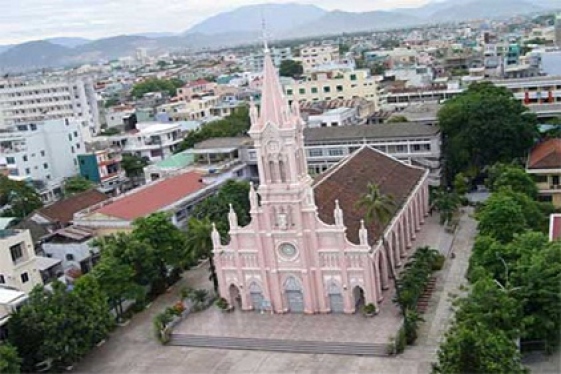
Da Nang Cathedral
Da Nang Cathedral was built by French priest Louis Vallet in 1923, with a pink-painted edifice that earns its reputation as one of the most unique catholic churches in...
-
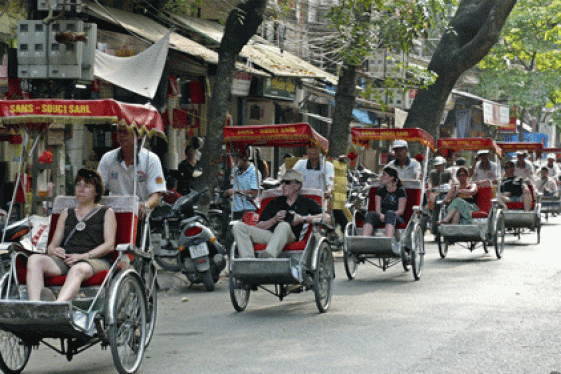
Hanoi Old Quarter
Getting to know more about the culture, custom and tradition of Hanoi absolutely will impress you so much while visiting Hanoi. One of the hottest spots in Hanoi that can...
-
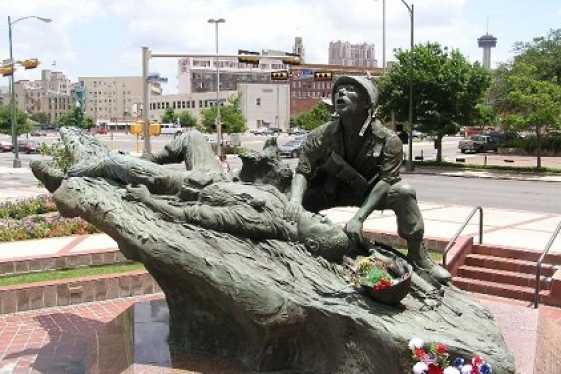
Vietnam War Memorial
Across from the Ba Dinh Square from Ho Chi Minh Mausoleum Building and in between Ho Chi Minh complex and Thang Long ancient city is Vietnam War Memorial.
-
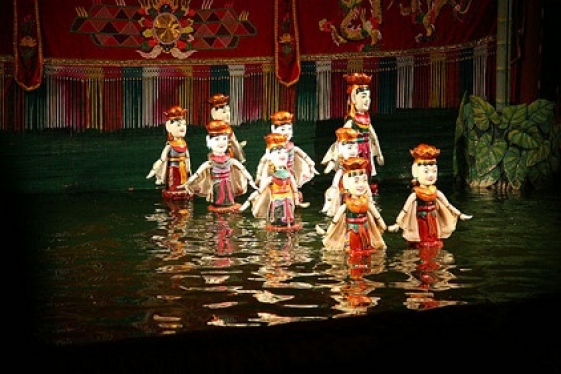
Water Puppet Shows in Ho Chi Minh
Traditional Vietnamese Water Puppet Shows remain one of the cultural draws for most travellers to Ho Chi Minh City.
-

Mariamman Hindu Temple
Situated close to the Ben Thanh market, the Mariamman Hindu temple serves the small community of 100 or so Chinese and Vietnamese Tamil Hindus living in Ho Chi Minh City.
-
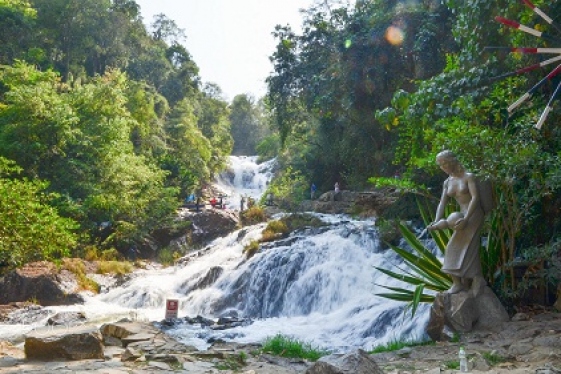
Datanla Waterfall
Datanla waterfall is a well-known for an adventure destination with the largest waterfall in Dalat . Tourists enjoy not only the spectacular landscapes here but also many...
Destinations
Most popular tours
-
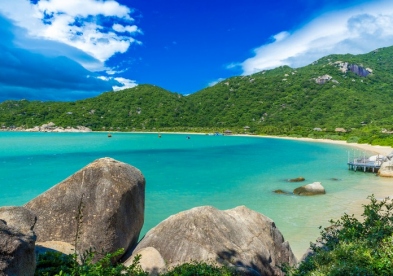
South Vietnam Hideaway
Price from: 1.710 US$
-

Vietnam Family Holiday
Price from: 1.210 US$
-

Northern Classic Tour
Price from: 310 US$
-

Mekong Delta Tour 1 Day
Price from: 30 US$
Business info
Vietnam Local Guide
- Address: 18th Floor, VTC Online Tower, 18 Tam Trinh Str.,Hai Ba Trung Dist., Hanoi, Vietnam
- Email: info@vietnamguider.com
- Phone: (+84) 0904989890
- Hotline: (+84) 0904989890